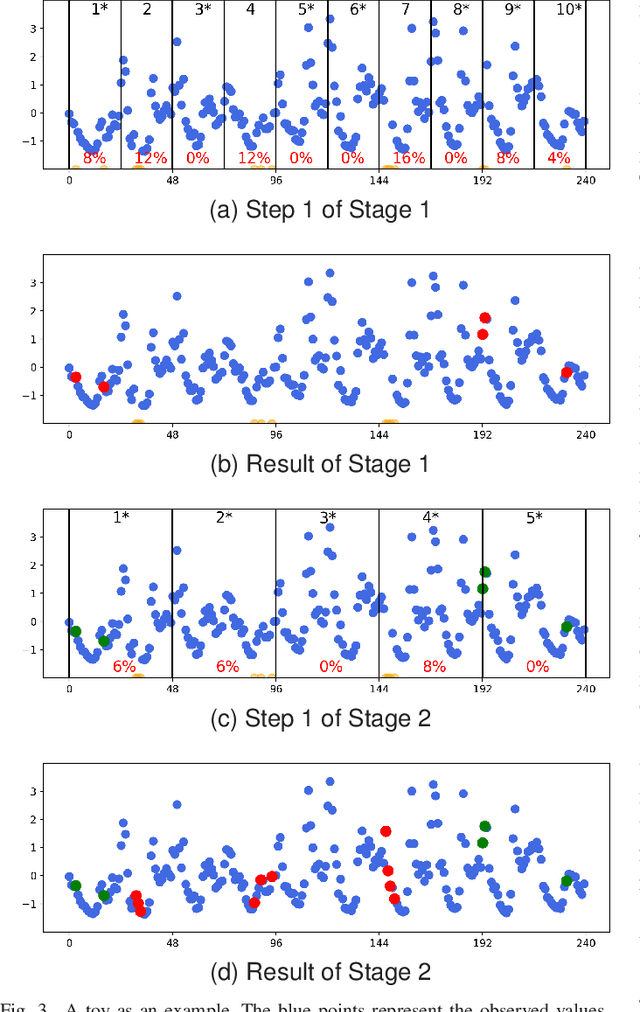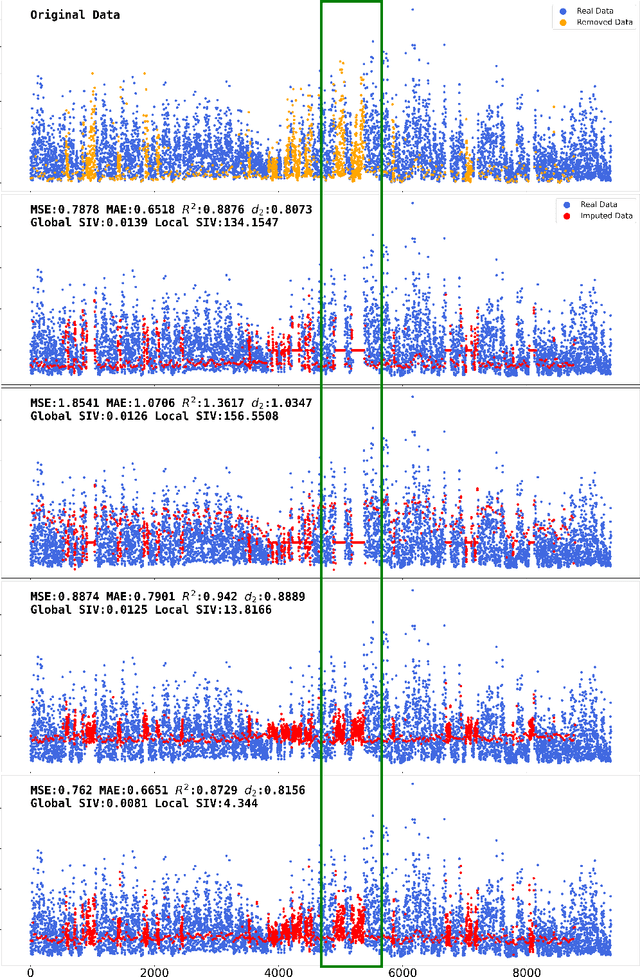ChunNa Li
CNTS: Cooperative Network for Time Series
Feb 20, 2023Abstract:The use of deep learning techniques in detecting anomalies in time series data has been an active area of research with a long history of development and a variety of approaches. In particular, reconstruction-based unsupervised anomaly detection methods have gained popularity due to their intuitive assumptions and low computational requirements. However, these methods are often susceptible to outliers and do not effectively model anomalies, leading to suboptimal results. This paper presents a novel approach for unsupervised anomaly detection, called the Cooperative Network Time Series (CNTS) approach. The CNTS system consists of two components: a detector and a reconstructor. The detector is responsible for directly detecting anomalies, while the reconstructor provides reconstruction information to the detector and updates its learning based on anomalous information received from the detector. The central aspect of CNTS is a multi-objective optimization problem, which is solved through a cooperative solution strategy. Experiments on three real-world datasets demonstrate the state-of-the-art performance of CNTS and confirm the cooperative effectiveness of the detector and reconstructor. The source code for this study is publicly available on GitHub.
Multistage Large Segment Imputation Framework Based on Deep Learning and Statistic Metrics
Sep 22, 2022



Abstract:Missing value is a very common and unavoidable problem in sensors, and researchers have made numerous attempts for missing value imputation, particularly in deep learning models. However, for real sensor data, the specific data distribution and data periods are rarely considered, making it difficult to choose the appropriate evaluation indexes and models for different sensors. To address this issue, this study proposes a multistage imputation framework based on deep learning with adaptability for missing value imputation. The model presents a mixture measurement index of low- and higher-order statistics for data distribution and a new perspective on data imputation performance metrics, which is more adaptive and effective than the traditional mean squared error. A multistage imputation strategy and dynamic data length are introduced into the imputation process for data periods. Experimental results on different types of sensor data show that the multistage imputation strategy and the mixture index are superior and that the effect of missing value imputation has been improved to some extent, particularly for the large segment imputation problem. The codes and experimental results have been uploaded to GitHub.
 Add to Chrome
Add to Chrome Add to Firefox
Add to Firefox Add to Edge
Add to Edge